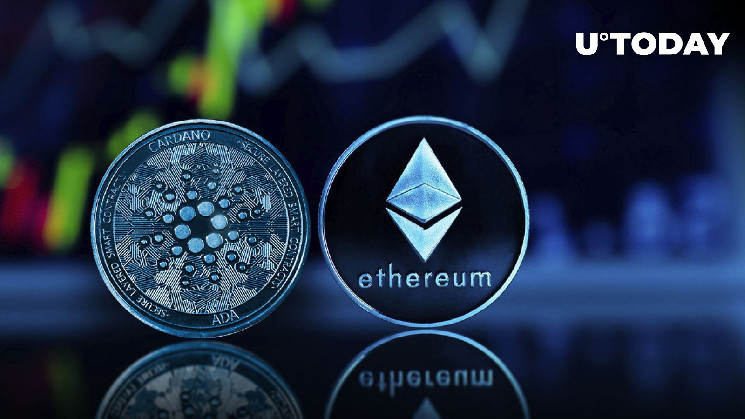In a latest weblog submit, Ethereum co-founder Vitalik Buterin has introduced the blockchain group’s consideration again to Plasma, a scaling resolution first launched in 2017. This resurgence is attributed to technological enhancements, significantly within the realm of ZK-SNARKs – a type of cryptography that enhances safety and effectivity.
Plasma’s comeback?
Plasma, initially put aside in favor of rollup expertise, confronted challenges in client-side knowledge storage and adaptableness. Buterin’s new proposal means that these limitations might be overcome, making Plasma a viable resolution as soon as once more.
Buterin outlines how validity proofs, particularly ZK-SNARKs, might simplify Plasma’s framework. These proofs make sure the authenticity of every block on the Plasma chain, lowering the state that customers have to obtain and permitting for doubtlessly immediate withdrawals in sure circumstances.
Moreover, Buterin proposes extending this expertise to Ethereum Digital Machine (EVM), utilizing a parallel UTXO graph for ETH and ERC20 tokens, simplifying the complexities related to account-based methods.
This method might improve consumer expertise and safety on Ethereum’s blockchain.
Copycat accusations
The Cardano group, nevertheless, has raised considerations about Ethereum’s new course.
Members accuse Ethereum of replicating concepts from Cardano’s Hydra, a layer-2 scalability resolution.
Hydra goals to extend transaction velocity and scalability on the Cardano community utilizing state channels, an idea much like Plasma.
Posts from distinguished group members, together with Cardano founder Charles Hoskinson himself, have accused Ethereum of borrowing concepts pioneered by Cardano.


